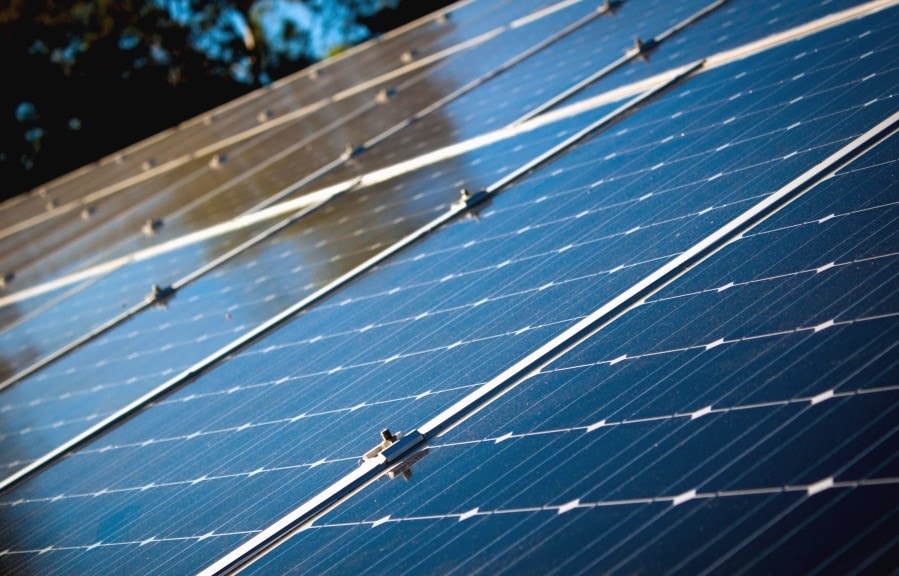Solar is a great source of renewable energy, but up until now it has been dependent on sunny days. The general rule has been no sun, no solar. This is changing. News came recently that British scientists have invented a solar panel that they are calling “weather-proof.” Not only has the new solar panel been invented, the scientists are claiming that they can generate up to 20 percent more energy in cloudy weather than before.
New Solar Panels
This is possible by improving to the solar panel method makes the new solar panel sensitive to light, making energy easier to create in dimmer conditions like drizzle and clouds. They are thinner than human hair. According to researchers who have studied the new panels say they are cheaper and more efficient when it comes to energy. In addition, these weather-proof solar panels are more flexible than the traditional ones. It can convert solar energy to electricity in low light conditions where the conventional technology would be ineffective.
The Inventors
The panels were created by Australian researchers. They believe the work represents a step forward in making the technology commercially viable. Developing the invention for cold and gloomy weather, the researchers have said that they were trying to make it “British weather-proof.” In addition, it can produce energy indoors while being printable, flexible, and transparent. Essentially this means that they could be used to power the next generation of electric cars or applied to windows as a film on both homes and buildings.
How it Works
Everyone has heard of solar but how many people really understand it? Solar power converts energy from sunlight into electricity with two different methods. Photovoltaics are solar panels you might see built into a calculator. They are usually designed for an electronic to power itself. Basically they are capable of directly converting light into power but their productivity is dependent upon the sunlight they receive at any given location, which varies a lot across the world.
Of course the best place for solar energy is where there is the most sun. The best locations for solar farms include arid climates, the tropics, subtropics, and deserts at low latitudes. The prime locations are often cloudless and get a lot sun every day. While not every places is sunny, solar accounts for 1.7 percent of the world’s electricity and has been growing at a rate of 35 percent each year.
These new solar panels uses tiny nanoparticles called quantum dots according to MoneyPug, which is used as an energy comparison site. When the panels are exposed to sun, these quantum dots pass electrons between one another and generate an electrical current. This is able to manufacture energy more easily than traditional panels, which don’t use photovoltaics. These conventional solar cells can work under conditions that are cloudy, but they will not be able to create as much energy.
Technological Abilities & Results
Quantum dot solar panels absorb a broader spectrum of solar light compared to conventional solar cells. As it turns out this technology can achieve a 25 percent improvement in solar cell efficiency and therefore opens up a lot of possibilities. The ability to use solar to power planes, homes, and wearable technologies is revolutionary.
The opportunities this technology can open up are many. It could mean that people who live in gloomy climates can install solar panels on their homes to successfully generate power. With renewable energy becoming more and more significant, new technologies that facilitate the generation of green power are incredibly important.
It is pivotal that we support these kind of innovations and work on providing real solutions to our energy problems. As these new solar panels suggest, there are many inventions out there that we haven’t discovered yet to help our issues surrounding climate change and fossil fuel power. While this is a breakthrough, it is only one step forward in the right direction. We need to take more steps in order to break free from the chains of fossil fuel energy. It may be an uphill climb, we can do it if we work together and do our best to come up with new innovations like the weather-proof solar panels.
